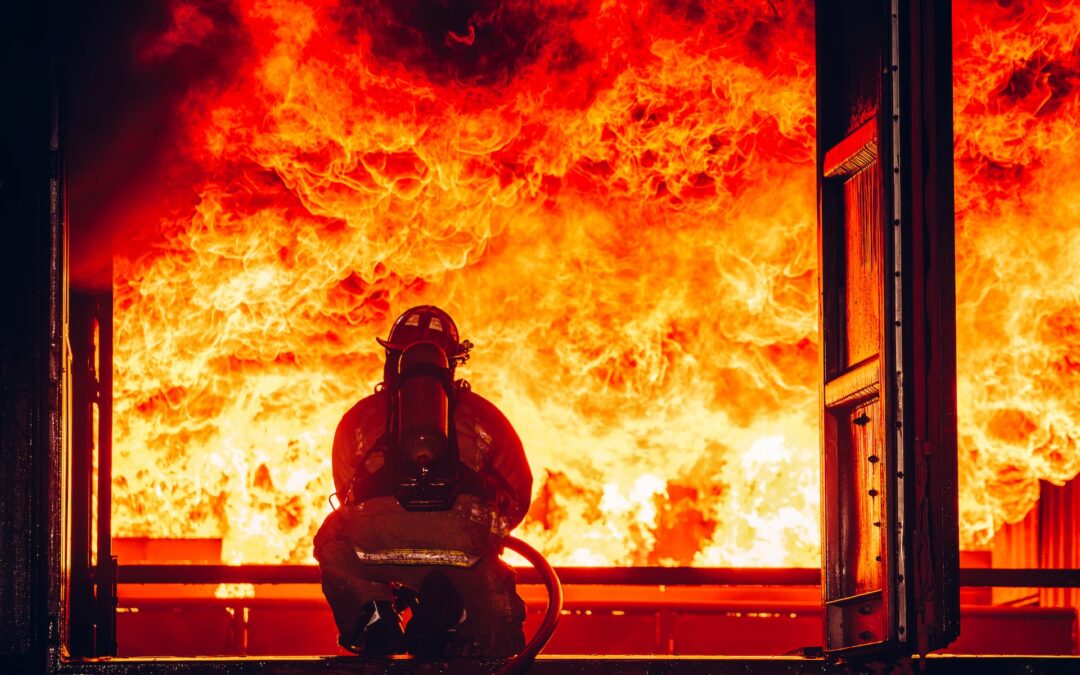Fire safety is a crucial aspect of workplace preparedness that every employee should prioritize. Knowing the emergency routes and procedures in case of a fire can make a significant difference in ensuring everyone’s safety. Here’s why it matters and what you can do to prepare:
Importance of Knowing Emergency Routes:
- Swift Evacuation: In the event of a fire, every second counts. Knowing the designated emergency routes allows you to evacuate quickly and safely, minimizing the risk of injuries or harm.
- Navigating Hazards: Familiarity with emergency routes helps you navigate potential hazards, such as smoke-filled corridors or obstructed pathways, ensuring a clear path to safety.
- Ensuring Accountability: Knowing where to go during an emergency helps emergency responders identify all individuals in the building and ensure everyone is evacuated safely.
What You Can Do:
- Study Evacuation Plans: Review and understand the evacuation plans posted in your workplace. These plans typically include maps with designated emergency exits and assembly points.
- Identify Multiple Exits: Identify primary and alternative emergency exits nearest to your workspace. This knowledge ensures you have options in case your usual route is blocked or unsafe.
- Participate in Drills: Participate actively in fire drills conducted by your employer. These drills simulate real-life scenarios and familiarize you with evacuation procedures, making you better prepared for emergencies.
- Stay Informed: Keep yourself updated on any changes to evacuation routes or procedures. Pay attention to safety briefings and communications from your employer regarding fire safety.
- Assist Others: In an emergency, assist coworkers who may require help evacuating, especially those with disabilities or mobility challenges. Collaboration ensures everyone reaches safety swiftly.
Conclusion:
Understanding and practicing fire safety measures, including knowing your emergency routes, is essential for protecting yourself and your colleagues in the workplace. By being proactive, staying informed, and participating in drills, you contribute to a safer work environment for everyone.
Take the initiative today to familiarize yourself with your workplace’s emergency routes and procedures. Your preparedness could make a critical difference in an emergency.
Stay safe and prepared!

